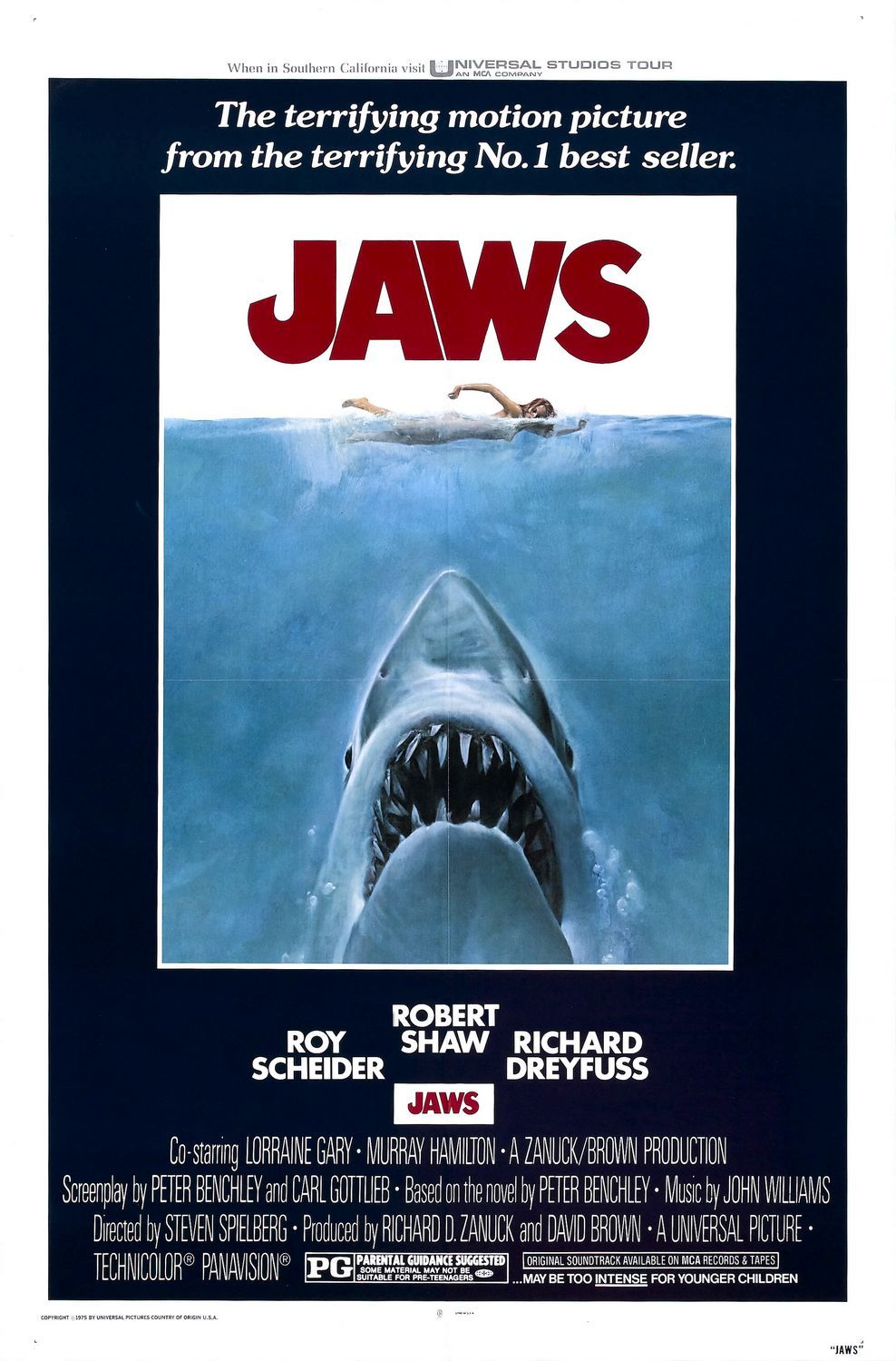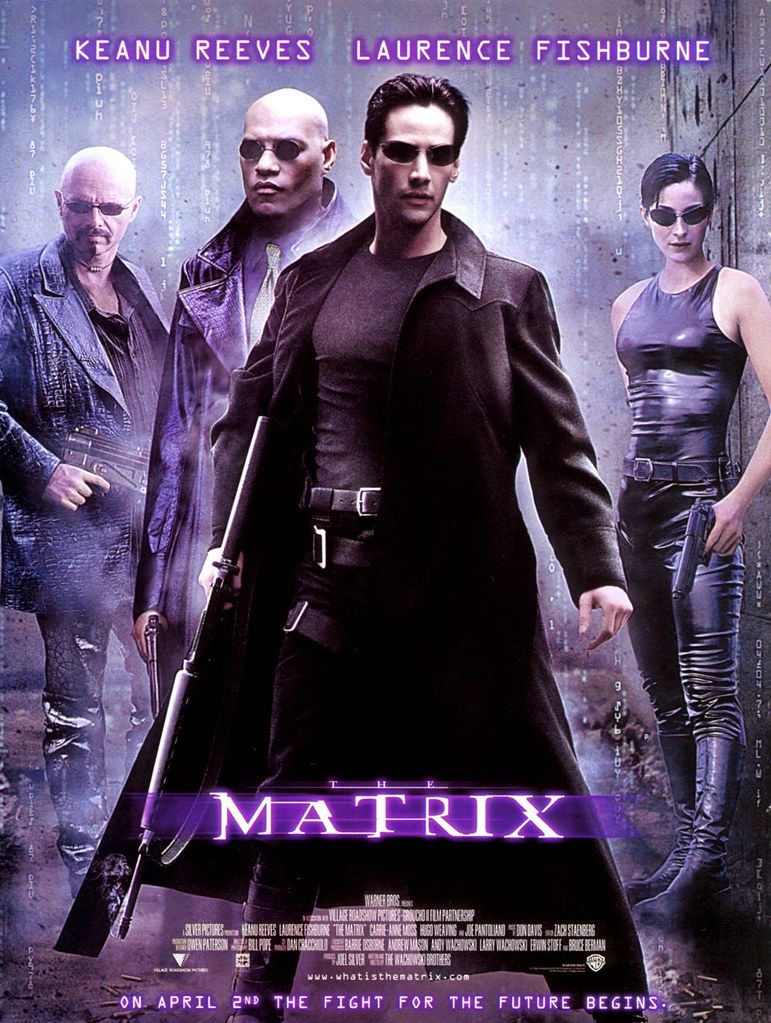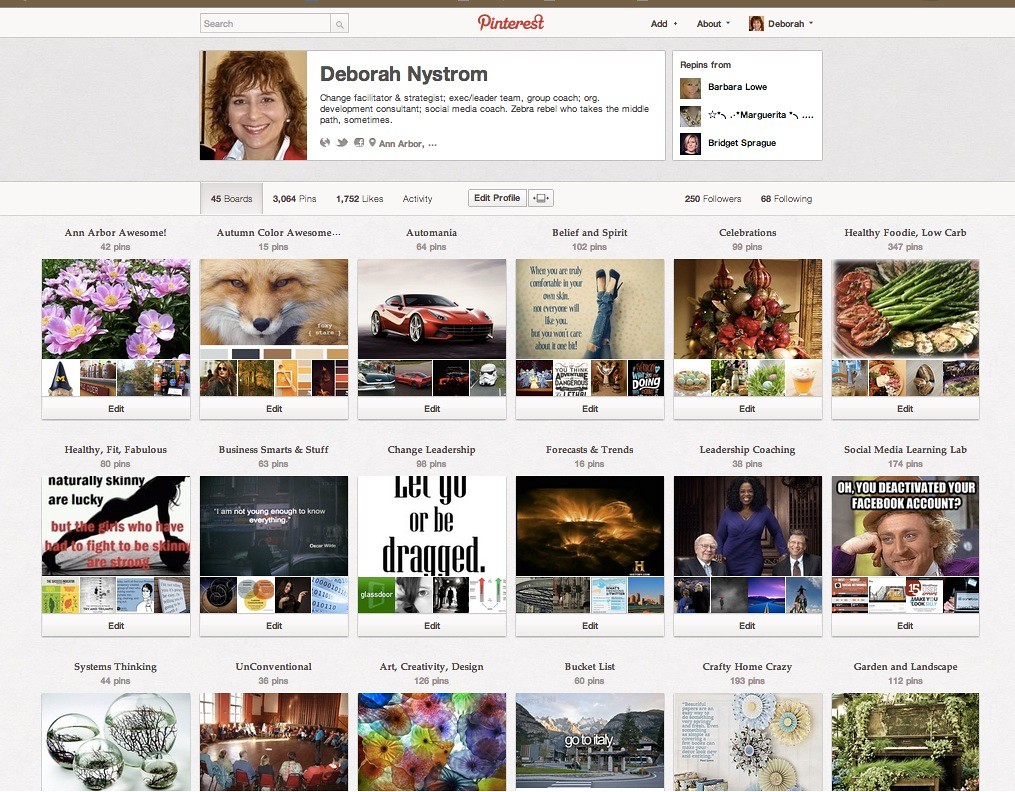
Pinterest. It’s a name that conjures up images of endless inspiration, beautifully organized ideas, and a treasure trove of visual content. More than just a social media platform, Pinterest has carved out a unique niche as a digital pinboard service, evolving into a powerful visual search engine and a significant player in the e-commerce landscape. For anyone looking to understand the dynamics of online visual discovery, user-driven content curation, and the strategic pivots of a major tech company, Pinterest offers a fascinating case study.
In an internet saturated with fleeting trends and noisy feeds, Pinterest stands apart by offering a more focused and intentional experience. It’s a “catalogue of ideas” designed to inspire users to “go out and do that thing,” whether it’s cooking a new recipe, redecorating a home, or finding style inspiration. This article will take a comprehensive look at the overlooked aspects and pivotal moments that have defined Pinterest, uncovering the essential insights that make it such a compelling platform today. We’ll explore its origins, its rapid ascent, its core functionalities, and the significant transformations that have shaped its current form, providing a practical understanding of this visual powerhouse.
Join us as we navigate the journey of Pinterest, from its humble beginnings to its status as a global phenomenon with hundreds of millions of monthly active users. We’ll delve into the ingenious mechanisms that drive its success, the innovative features it has introduced, and the strategic decisions that have allowed it to adapt and thrive in an ever-changing digital environment. By understanding these key elements, you’ll gain a deeper appreciation for the platform and how it continues to influence digital content consumption and online commerce.

1. **The Genesis: From Tote to Pinterest**
Every groundbreaking platform has a story, and Pinterest’s narrative begins with an earlier endeavor called Tote. Conceived by founders Ben Silbermann and Paul Sciarra, Tote was designed to be a virtual replacement for traditional paper catalogs. The vision was to streamline the shopping experience, allowing users to browse and discover products digitally, moving beyond the physical limitations of print media. This initial concept, while innovative for its time, faced significant challenges that ultimately paved the way for something entirely new.
The primary hurdle for Tote was the rudimentary state of mobile payment technology. In those early days, the infrastructure for easy, on-the-go transactions simply wasn’t sophisticated enough to support the app’s core business model. Users found it difficult to complete purchases seamlessly, which severely inhibited Tote’s commercial viability. Despite these financial struggles, a fascinating user behavior emerged: people were passionately amassing vast collections of their favorite items and enthusiastically sharing these collections with others within the app.
This emergent user behavior proved to be a pivotal insight for Silbermann. He recognized that while the transactional aspect of Tote was faltering, the intrinsic human desire to collect, organize, and share visual inspiration was incredibly strong. This realization struck a chord, prompting a strategic pivot that would redefine the company’s direction. Instead of pushing sales, the focus shifted entirely to facilitating these collections and shares, leading to the conceptualization and development of what we now know as Pinterest.
The transition from Tote to Pinterest was more than just a name change; it was a fundamental reorientation of purpose, prioritizing discovery and curation over direct commerce in its initial phase. This agile response to user behavior highlights a crucial lesson in startup development: sometimes, the most valuable feedback comes not from what users *do* with the intended function, but from the unexpected ways they engage with peripheral features. This strategic pivot allowed Pinterest to tap into a genuine user need, setting the stage for its future growth and cementing its identity as a platform for visual information sharing and inspiration.

2. **Early Growth and Critical Acclaim**
Following its transformative pivot, Pinterest began its journey as a closed beta in March 2010, with development having commenced in December 2009. The initial rollout was a deliberate, almost intimate process. Ben Silbermann, deeply committed to fostering a strong user community, personally reached out to the first 5,000 users, offering his phone number and even arranging meetings with some of them. This hands-on approach cultivated a dedicated early adopter base, crucial for spreading word-of-mouth enthusiasm and refining the platform based on direct feedback.
The platform’s initial traction was steady rather than explosive, reflecting the deliberate cultivation strategy. Nine months post-launch, Pinterest boasted a respectable 10,000 users. However, the introduction of a dedicated iPhone app in early March 2011 marked a significant turning point, attracting “more downloads than expected.” This mobile expansion was quickly followed by an iPad app and “Pinterest Mobile,” a version optimized for non-iPhone users, ensuring broad accessibility and catalyzing a period of rapid user acquisition. The small team, including Silbermann and a few programmers, operated the site out of a modest apartment until mid-2011, a testament to its lean beginnings.
This phase of rapid expansion brought considerable recognition and validation. On August 10, 2011, *Time* magazine honored Pinterest by listing it in its prestigious “50 Best Websites of 2011” article, signaling its emergence as a significant online destination. By December 2011, data from Hitwise confirmed Pinterest’s meteoric rise, placing it among the top 10 largest social network services with an impressive 11 million total visits per week. This trajectory continued into January 2012, when comScore reported 11.7 million unique U.S. visitors, solidifying its record as the “fastest site ever to break through the 10 million unique visitor mark.”
The industry accolades kept pouring in, culminating in Pinterest winning the coveted “Best New Startup of 2011” at the TechCrunch Crunchies Awards. Further cementing its innovative design and user experience, the platform secured both the “Best Social Media App” and the “People’s Voice Award for best functioning visual design” at the 2012 Webby Awards. This period of intense growth and widespread acclaim not only validated Silbermann’s strategic pivot but also established Pinterest as a major force in the evolving landscape of digital media and user-generated content, setting a strong foundation for its future expansion and diversified functionality.
Read more about: The End of an Era: 11 Iconic Sports Cars Enthusiasts Are Mourning (and Why They’re Gone)
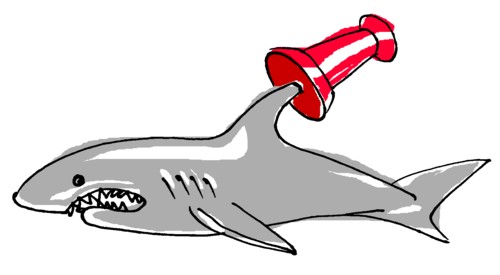
3. **Core Concepts: Pins, Boards, and Repinning**
At the heart of Pinterest’s distinctive appeal are its fundamental building blocks: “pins” and “boards,” alongside the ingenious mechanism of “repinning.” These core concepts create a highly intuitive and visually driven system for organizing, discovering, and sharing information. A “pin” is essentially a digital bookmark, an image linked from an external website or uploaded directly by a user, serving as the primary unit of content on the platform. Each pin encapsulates an idea, a product, a tutorial, or a piece of inspiration, making information easily digestible and visually appealing.
“Boards,” on the other hand, are thematic collections where users categorize and store their pins. Imagine a digital scrapbook where each page is a board dedicated to a specific interest, such as “Dream Home Decor,” “Healthy Recipes,” or “Travel Bucket List.” This organizational structure allows for incredible personalization and deep dives into specific topics. Boards can range from broad categories to highly niche interests, reflecting the diverse passions of Pinterest’s user base. The platform even allows for further refinement, enabling boards with multiple ideas to have different “sections” that contain additional layers of pins, creating a hierarchical system for managing vast amounts of visual content efficiently.
The concept of “repinning” is crucial to Pinterest’s virality and its function as a discovery engine. When a user finds a pin on someone else’s board that resonates with them, they can “repin” it, saving a copy of that pin to one of their own boards. This action not only saves the content for their personal future reference but also attributes the original source and creator, fostering a sense of community and content flow. Repinning acts as a powerful sharing mechanism, allowing inspiring content to spread organically across the platform, much like a curated digital chain reaction.
These interconnected elements—pins, boards, and repinning—empower users to act as curators of their own digital worlds. It moves beyond simple “liking” (a feature Pinterest later removed as redundant to boards), enabling active engagement and personal collection. This unique architecture has allowed Pinterest to cultivate a community driven by shared aesthetics and practical information, fostering an environment where ideas are not just consumed, but actively collected, organized, and redistributed, embodying its creators’ vision of a “catalogue of ideas” that truly inspires users to “go out and do that thing.”
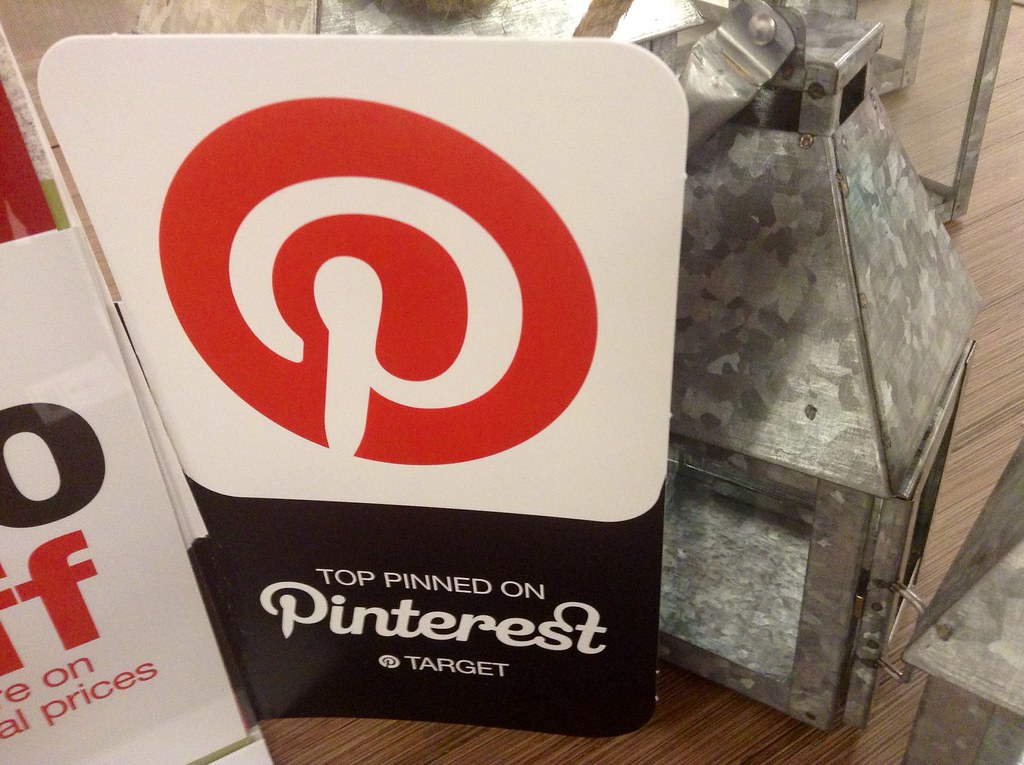
4. **The “Save” Button and Off-Platform Integration**
Pinterest’s strength isn’t limited to content created and shared directly within its platform; a significant part of its utility stems from its robust off-platform integration, primarily through the ubiquitous “Save” button. This ingenious tool allows users to seamlessly capture and add content they discover across the wider internet directly to their Pinterest boards. Initially known as the “Pin it” button, it was strategically renamed to “Save” in 2016, a move designed to make the functionality more intuitive and accessible to new users globally, reflecting a broader strategy for growth and user experience optimization.
The “Save” button can be easily downloaded to a web browser’s bookmark bar, transforming almost any image or visual content found online into a potential pin. This means that if a user stumbles upon a captivating recipe image on a blog, a stunning interior design photo on an e-commerce site, or an inspiring infographic on a news portal, they can, with a single click, save that image—along with its source link—to one of their personal Pinterest boards. This mechanism fundamentally extends Pinterest’s reach far beyond its own domain, turning the entire internet into a potential source of curated content for its users.
Furthermore, webmasters and content creators can directly implement the “Save” button onto their websites. This integration serves as a powerful bridge, allowing websites to easily channel their visual content onto Pinterest and, in turn, drive traffic back to their original sites. For businesses and bloggers, this is an invaluable tool for visual marketing, transforming their online presence into discoverable content within the Pinterest ecosystem. It provides a direct, low-friction pathway for interested users to save, organize, and share their content, significantly increasing its visibility and potential audience.
The widespread adoption and strategic renaming of the “Save” button underscore Pinterest’s commitment to being a comprehensive “catalogue of ideas” that transcends its own boundaries. It empowers users to be active curators of *all* their online inspirations, not just those found within the Pinterest app. This seamless integration ensures that Pinterest remains a relevant and practical tool for daily life, effectively blending content discovery with personal organization, and solidifying its role as a bridge between the vast expanse of the internet and a user’s individualized collection of interests and aspirations.
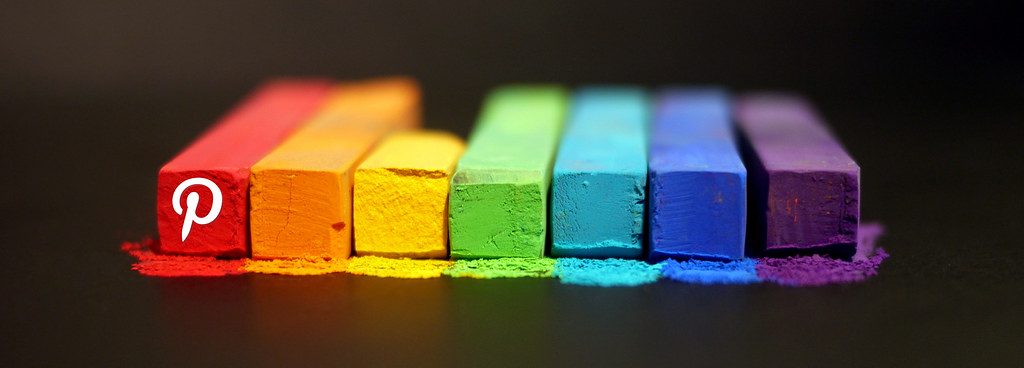
5. **The Rise of Visual Search and AI**
Pinterest has consistently pushed the boundaries of visual discovery, transforming itself from a simple image-sharing service into a sophisticated “visual search engine.” This evolution is largely powered by advanced artificial intelligence (AI) and machine learning capabilities, allowing users to interact with images in groundbreaking ways. The platform recognized early on the immense potential of visual cues as a primary mode of information retrieval, understanding that many ideas are better expressed and found through images rather than traditional text-based queries.
A significant milestone in this transformation occurred in 2015 when Pinterest implemented a feature enabling users to search using images instead of just words. This was a pivotal step towards a more intuitive and visually-driven search experience. Building on this foundation, 2017 saw the official introduction of a comprehensive “visual search” function. This powerful tool allows users to select specific elements within an image – whether it’s an existing pin, a part of a photo, or even a new photo taken with their device’s camera – and then guides them to suggested similar content within Pinterest’s vast database.
The suite of tools underpinning this visual search capability includes Pinterest Lens, Shop the Look, and Instant Ideas. Pinterest Lens, arguably the most revolutionary, allows users to point their phone camera at real-world objects and instantly discover related pins, products, and ideas on the platform. Imagine seeing a piece of furniture you love in a store; with Lens, you can snap a photo and immediately find similar items, styling tips, or where to buy it on Pinterest. “Shop the Look” takes this a step further, identifying multiple purchasable items within a single image, transforming inspiration into actionable shopping opportunities. “Instant Ideas” provides immediate, contextually relevant suggestions based on what a user is viewing, ensuring a continuous flow of discovery.
These AI-driven tools are not just technological marvels; they fundamentally change how users engage with the platform and the world around them. They democratize visual discovery, making it accessible and efficient, and empower users to find exactly what they’re looking for, even when they don’t have the words to describe it. By investing heavily in visual search and AI, Pinterest has cemented its position as a leader in innovative content discovery, bridging the gap between digital inspiration and real-world application, and continuously enhancing its utility as a practical, problem-solving resource for its diverse user base.
Read more about: The Invisible Revolution: How Celebrities Are Mastering Privacy in 2025 with Cutting-Edge Tech
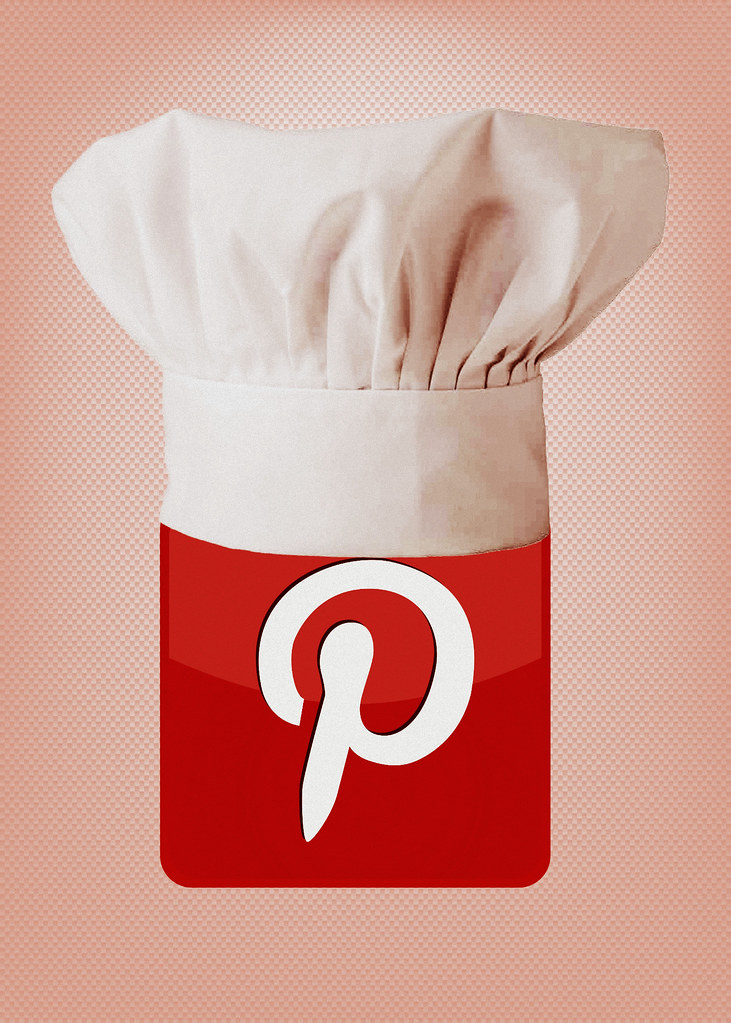
6. **Evolution into an E-commerce Powerhouse**
While Pinterest started as a “catalogue of ideas” and a visual bookmarking service, its inherent visual nature and user-driven curation made it a natural fit for e-commerce. Over the years, the platform has made significant strategic moves to evolve into a powerful virtual storefront, attracting businesses and seamlessly integrating shopping experiences into its core functionality. This transformation recognizes that inspiration often leads directly to purchase intent, and Pinterest has expertly leveraged this connection.
As early as 2013, Pinterest introduced “Rich Pins,” a tool designed to enhance the customer experience and provide more actionable information directly within a pin. These specialized pins allowed businesses to include various data points, such as product prices, movie ratings, or even ingredients for recipes. For retailers, Rich Pins transformed static images into dynamic product showcases, giving users vital purchasing information at a glance and making the path from discovery to consideration much shorter and more informative. This move was a clear signal of Pinterest’s ambition to facilitate commercial activity on its platform.
A major step towards direct commerce came in June 2015 with the unveiling of “buyable pins,” which allowed users to purchase items directly from Pinterest without leaving the platform. This was a bold move to shorten the sales funnel and provide an incredibly convenient shopping experience. Although “buyable pins” were later replaced in October 2018 by “Product Pins,” the intention remained the same: to make products discoverable and purchasable. Product Pins built upon this foundation, offering an enhanced shopping experience by linking directly to product pages and displaying real-time pricing and availability.
Further solidifying its e-commerce capabilities, Pinterest added product catalogs and personalized shopping recommendations in March 2019. The “more from [brand]” option showcased a range of Product Pins from the same business, encouraging further exploration and increasing brand visibility. In May 2020, Shopify merchants gained the ability to directly tap into Pinterest’s 350 million users, further integrating product listings and streamlining the path to purchase. More recently, in April 2023, a partnership with Amazon was announced to show third-party advertisements, allowing users to be redirected to Amazon for purchases, indicating a continued focus on leveraging its visual strength for robust commercial partnerships. This evolution underscores Pinterest’s understanding that inspiring ideas often lead to tangible desires, and it has successfully built the infrastructure to fulfill those desires directly within its ecosystem.
As Pinterest solidified its position as a visual discovery and e-commerce leader, its journey continued with significant corporate milestones and an unwavering commitment to its user base and business partners. The platform has consistently adapted to the dynamic digital landscape, navigating strategic shifts, addressing complex challenges, and pushing the boundaries of innovation. Understanding these later developments provides essential insights into how Pinterest maintains its relevance and continues to shape online visual culture.
Read more about: The 90s Are Over: 10 Once-Cool Fashion Trends Dads Just Don’t Wear Anymore.
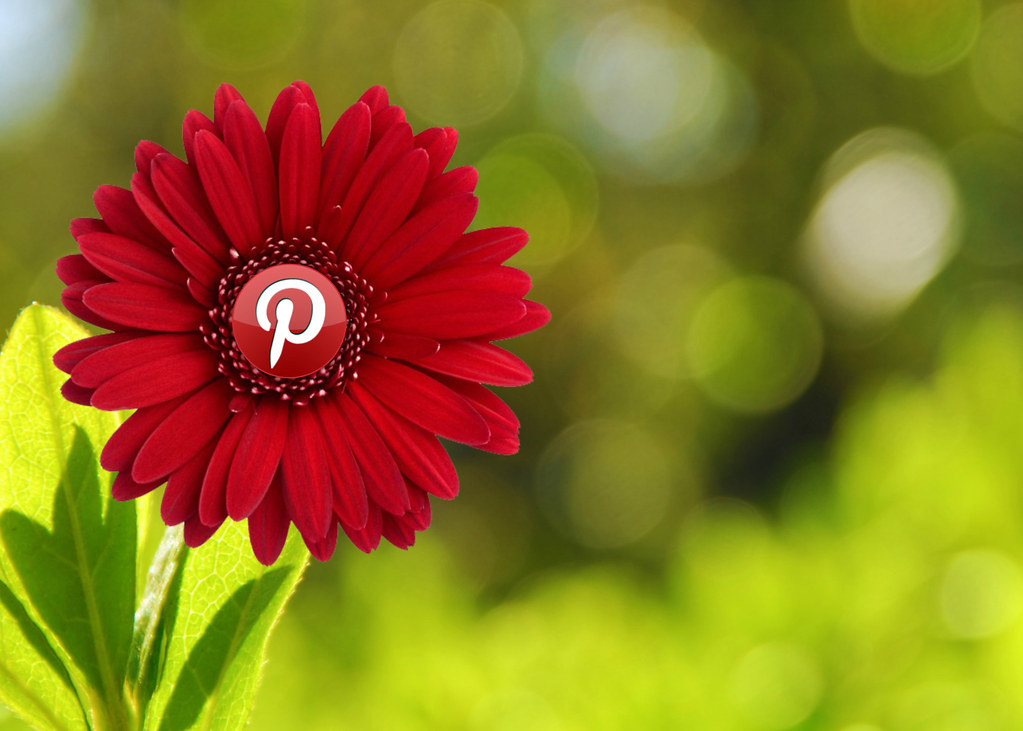
7. **Corporate Milestones: From Public Offering to Strategic Leadership Shifts**
Pinterest’s trajectory from a groundbreaking startup to a publicly traded company marks a critical phase in its corporate journey, reflecting both its market value and strategic growth ambitions. In February 2019, *The Wall Street Journal* reported that Pinterest had confidentially filed for an initial public offering (IPO), with a total company valuation reaching an impressive $12 billion. This move signaled the platform’s maturity and its readiness to embrace the broader financial markets, offering new avenues for investment and expansion.
The highly anticipated IPO took place on April 18, 2019, with shares opening at $19 and closing the day strongly at $24.40 per share. This successful public debut underscored investor confidence in Pinterest’s unique business model and its potential for sustained growth in advertising and e-commerce. The company’s financial performance continued to climb, reporting advertising revenue of $1.7 billion in 2020, a significant 48% increase from the previous year, demonstrating its growing appeal to advertisers.
Further showcasing its commitment to evolving advertising strategies, Pinterest introduced ‘Pinterest Premiere’ in March 2021, a video ads product designed to appear in users’ feeds, specifically targeted to their interests and other characteristics. This expansion into video advertising aimed to capture a larger share of the digital ad market. However, the company also anticipated potential shifts in user activity as the world reopened post-pandemic, with Chief Financial Officer Todd Morgenfeld announcing plans to increase marketing spending to offset any slowdown.
The corporate landscape saw another major shift in October 2021 when Bloomberg reported PayPal’s interest in acquiring Pinterest at a potential price of around $70 a share, highlighting the platform’s strategic value. Though PayPal’s board ultimately decided against the deal, this event underscored Pinterest’s significant market presence. In June 2022, a pivotal leadership transition occurred with co-founder, CEO, and President Ben Silbermann moving to the newly created role of Executive Chairman, and online commerce expert Bill Ready stepping in as Chief Executive Officer. This strategic leadership change aimed to steer Pinterest toward its next phase of growth, particularly emphasizing its e-commerce capabilities.
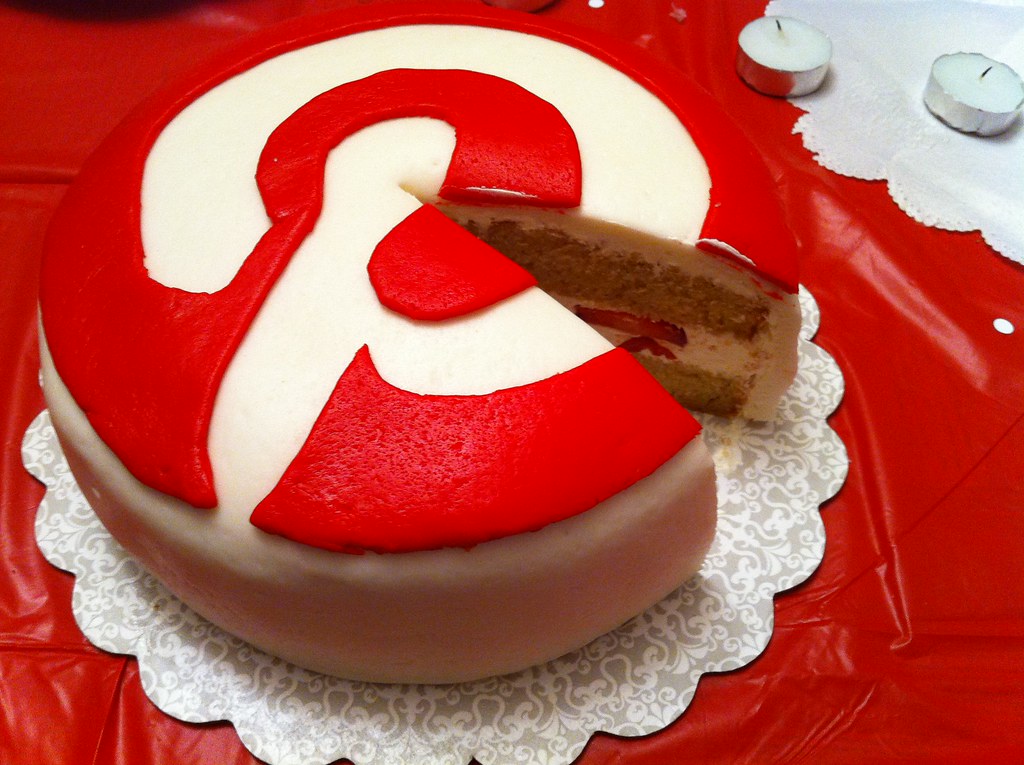
8. **Pinterest Analytics and Data ‘Clean Rooms’: Empowering Smarter Advertising**
For businesses leveraging Pinterest, understanding user engagement and content performance is paramount. Pinterest offers a robust service called Pinterest Analytics, which generates comprehensive statistics on a specific website’s traffic, providing marketers with invaluable insights into how their content is performing. This powerful tool tracks key metrics such as Impressions, Engagements, Pin clicks, Outbound clicks, and Saves, offering a detailed picture of user interaction and content virality.
Pinterest Analytics goes beyond simple tracking by also collecting data that depicts the percentage of change within specific timeframes. This allows marketers to determine if a product is more popular on certain days of the week or if its appeal is gradually declining, enabling agile adjustments to their marketing strategies. The ‘Most Clicked’ tab, in particular, highlights products that are more likely to generate sales, providing direct, actionable intelligence to optimize commercial efforts. Companies can access this rich data efficiently through Pinterest’s API, streamlining their analytical workflows.
In a significant move to address growing concerns about data privacy while still enabling personalized advertising, Pinterest announced a partnership with LiveRamp, a data enablement platform, in January 2023 at CES. This collaboration introduced the concept of data ‘clean rooms’ for selected advertisers on the platform. These innovative ‘clean rooms’ allow Pinterest’s ad partners to leverage their first-party data for highly personalized ad targeting without ever having to share that sensitive data directly with Pinterest.
This forward-thinking approach is a direct response to increasing demand for data privacy and compliance with new data collection regulations. By creating a secure environment for data utilization, Pinterest is actively working to stimulate its ad business while rigorously safeguarding user information. The first advertiser to pilot this cutting-edge feature was grocery retailer Albertsons, with a targeted winter healthy eating campaign, demonstrating the practical and immediate utility of these privacy-enhancing advertising solutions.
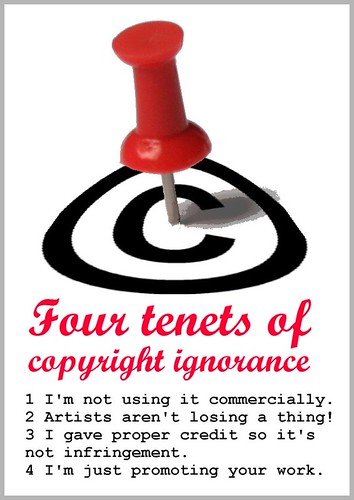
9. **Continuous Innovation: Expanding Content Formats and Creator Support**
Pinterest’s commitment to innovation extends far beyond its core pinning functionality, consistently introducing new features and content formats to enrich the user experience and support its vibrant creator community. In August 2016, the platform launched a dedicated video player, allowing both users and brands to upload and store clips of any length directly to the site. This move was a strategic play to engage users with dynamic content and offer brands new avenues for visual storytelling.
Further enhancing content discovery and user engagement, Pinterest introduced the ‘Today’ tab on the home feed in March 2020, which provides curated selections of trending pins. This feature ensures that users can easily stay updated with popular and relevant content, making the platform more dynamic and responsive to current interests. The continuous evolution of content formats was also evident in October 2022, when Pinterest announced that its video-focused ‘Idea Pins’ feature would include the ability to add popular tracks from top artists, thanks to licensing deals with major music labels.
To empower creators and enhance content production, Pinterest has made strategic acquisitions and launched dedicated tools. In December 2021, it acquired Vochi, an editing and video creation app, directly investing in the capabilities available to its users. Following this, in May 2022, Pinterest released ‘Pinterest TV studio,’ a new video streaming app aimed at enabling users to live-stream on its platform, with the added functionality of using different devices for multiple camera angles during live broadcasts.
Expanding creative expression even further, Pinterest quietly launched a new app named ‘Shuffles’ in August 2022. Shuffles allows users to build collages out of photos sourced from Pinterest’s extensive library or uploaded by the user, providing a fresh avenue for mood board creation and visual storytelling. Complementing these technical innovations, Pinterest also launched its Creator Fund in 2021, investing $1.2 million in underrepresented creators through cash grants, ad credits, and equipment, with the stated aim of supporting their ability to monetize efforts and preserve engagement on the platform, which initially resulted in a 72% increase in creators’ overall monthly views.
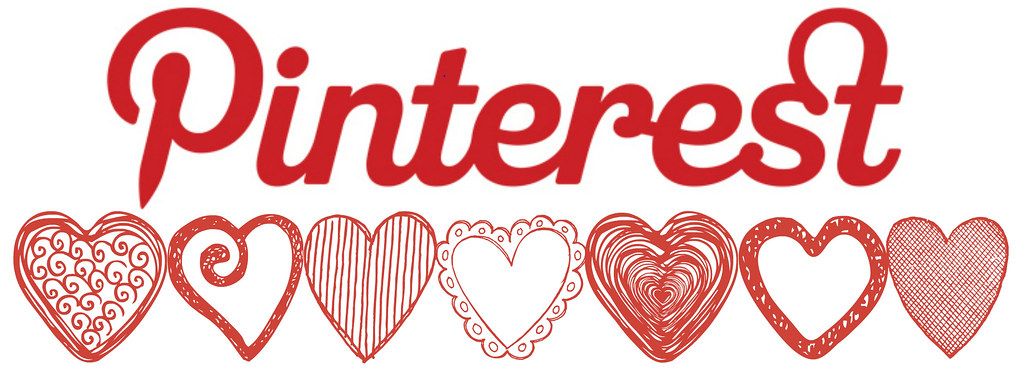
10. **Building Trust: Prioritizing User Safety with Teen Safety Features and Content Policies**
In an increasingly complex digital landscape, Pinterest has made significant strides in prioritizing user safety and maintaining content integrity, particularly for its younger audience. Recognizing the unique vulnerabilities of teen users, Pinterest has implemented a robust set of teen safety options. For accounts created by individuals aged 16 and under, a default private setting is applied to their profiles, ensuring that followers and activity remain hidden from the public eye, thereby offering a crucial layer of privacy protection.
While certain safety settings are adjustable over time, critical defaults remain fixed for users under 16, reinforcing a secure environment. This includes restrictions on changing profile privacy settings, ensuring they remain private by default. Furthermore, comments under pins are restricted for users under the age of 18, and all boards and pins created by teens are only visible to the user themselves, significantly limiting public exposure and potential negative interactions. These measures are designed to create a safer, more controlled experience for young individuals exploring the platform.
Beyond individual profile settings, Pinterest has introduced new affordances to enhance user safety across the platform. Group board invites and messaging within the application are now restricted to mutual followers, curbing unsolicited contact. The platform has also expanded its reporting options, allowing users to easily ‘call out’ content that may involve a minor, report ‘spam,’ or flag ‘inappropriate cover images.’ These proactive steps were a direct response to reviews, such as one by Stephen Sauer from the Canadian Centre for Child Protection, which highlighted concerns about potentially inappropriate content reaching young users.
Pinterest’s commitment to content integrity also extends to rigorous content policies aimed at combating misinformation and harmful content. In December 2018, the company began blocking health misinformation from its recommendations engine, specifically targeting searches, content, and user accounts that promoted unproved or disproven cancer treatments. This was further reinforced in January 2019 when Pinterest stopped returning search results relating to vaccines, actively working to slow the spread of anti-vaccination content, which had previously dominated vaccination-related images on the platform, contradicting scientific consensus. The platform has even taken action against specific groups, banning anti-abortion group Live Action in June 2019 for spreading “harmful misinformation” and restricting content advertising wedding events on former slave plantations in December 2019, reflecting a proactive stance on ethical content moderation.
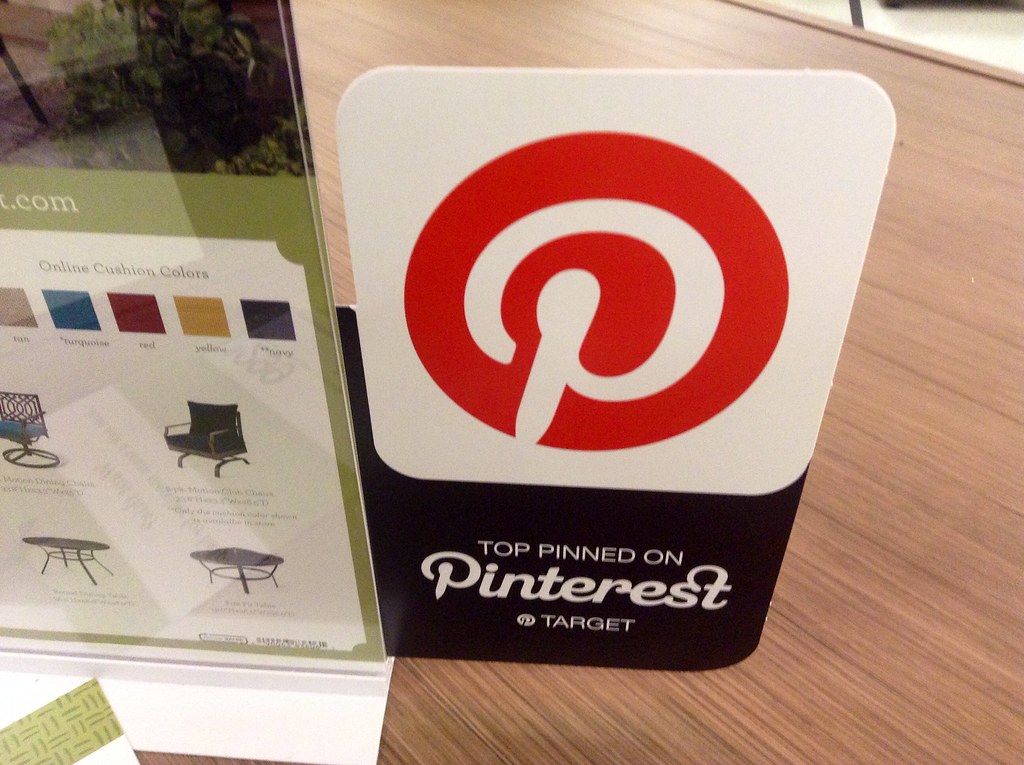
11. **Navigating Legal and Ethical Waters: Copyright, Terms of Service, and Censorship**
Like many user-generated content platforms, Pinterest has faced its share of legal and ethical scrutiny, particularly regarding copyright and content ownership. The platform’s initial design, which encouraged users to copy any image from the internet, led to questions about its Digital Millennium Copyright Act (DMCA) safe harbor status. Content creators, including photographers and stock image providers like iStock and Getty Images, expressed concerns over their work being reused without permission, prompting discussions with Pinterest about these intellectual property rights.
In response to these copyright concerns, Pinterest proactively introduced solutions. In February 2012, it released a “nopin” HTML meta tag, allowing websites to opt out of having their images pinned, which Flickr quickly implemented. By early May 2012, Pinterest further enhanced its system by adding automatic attribution of authors on images originating from popular platforms like Flickr, Behance, YouTube, and Vimeo. This move not only credited original creators but also streamlined the sharing process, with Flickr adding a direct Pin shortcut to its share menu for opt-in users.
Another significant ethical challenge emerged regarding Pinterest’s initial terms of service. In March 2012, concerns were raised by illustrators and legal commentators over a clause that stated: “By making available any Member Content… you hereby grant to Cold Brew Labs [Pinterest’s original name] a worldwide, irrevocable, perpetual, non-exclusive, transferable, royalty-free license, with the right to sublicense, to use, copy, adapt, modify, distribute, license, sell, transfer, publicly display, publicly perform, transmit, stream, broadcast, access, view, and otherwise exploit such Member Content…” This broad claim to user content sparked outrage, as it seemed to undermine artists’ ability to monetize their own work.
Pinterest swiftly responded to this criticism. Just days after the issue gained widespread attention, the company unveiled updated terms of service, which, upon implementation in April, explicitly ended its previous claims of ownership of posted images. In a reassuring blog post, the company clarified: “Selling content was never our intention,” demonstrating its responsiveness to user and creator feedback. Beyond internal policies, Pinterest has also navigated external challenges such as government censorship, experiencing temporary blocks in countries like China (2017) and India (2016) due to various political sensitivities or alleged copyright infringement.
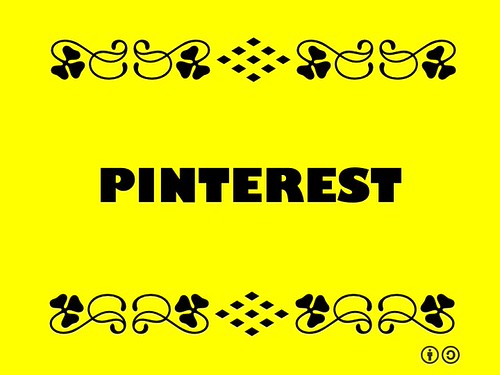
12. **Fostering an Inclusive Environment: Addressing Workplace Discrimination**
Pinterest’s journey, while marked by innovation and growth, has also included a period of introspective corporate challenge concerning its internal culture and commitment to diversity. In 2020, two former Pinterest employees, Ifeoma Ozoma and Aerica Shimizu Banks, courageously went public with their experiences of discrimination at the company. They recounted instances of racist comments, unequal pay, and facing repercussions for speaking out, with Ozoma specifically alleging that Pinterest failed to protect her when a colleague shared her personal information with hate sites.
These serious accusations prompted a significant internal and public response from Pinterest. The company released an apology statement, and CEO Ben Silbermann sent an email to all employees, emphasizing the need for the company to “do better.” In August 2020, dozens of Pinterest staff participated in a virtual walkout, signaling widespread internal support for Ozoma and Banks and highlighting the urgency of addressing systemic issues within the organization. This collective action underscored the importance of creating a truly inclusive workplace.
Pinterest subsequently took concrete steps to rectify these issues. In December 2020, the company agreed to pay its former Chief Operating Officer over $20 million to settle a lawsuit alleging discrimination, a clear signal of accountability. Furthermore, in November 2021, Pinterest reached a substantial settlement regarding Ozoma and Banks’s accusations, agreeing to spend $50 million on improving its diversity initiatives and, crucially, to release former employees from non-disclosure agreements, enabling greater transparency and open dialogue about past experiences.
Looking forward, Pinterest has formalized its commitment to diversity and inclusion with a comprehensive agenda posted in December 2024. This agenda outlines key strategies focused on improving workforce representation, actively building a more inclusive culture, and fostering a sense of belonging through product design and development. These ongoing efforts reinforce Pinterest’s overarching mission to cultivate a more positive and equitable place online, both for its internal team and its global user community.
Pinterest continues to be an extraordinary platform, not merely as a repository for beautiful images but as a dynamic engine for discovery, personal organization, and commercial opportunity. Its evolution showcases a company dedicated to solving problems for its users, from finding inspiration for daily life to enabling businesses to connect with engaged audiences. By embracing technological innovation, adapting to market demands, and proactively addressing social and ethical responsibilities, Pinterest has firmly cemented its role as an indispensable digital companion. It remains a testament to the power of visual communication and a vital tool for anyone looking to go beyond browsing and truly ‘do that thing’ with purpose and inspiration.

